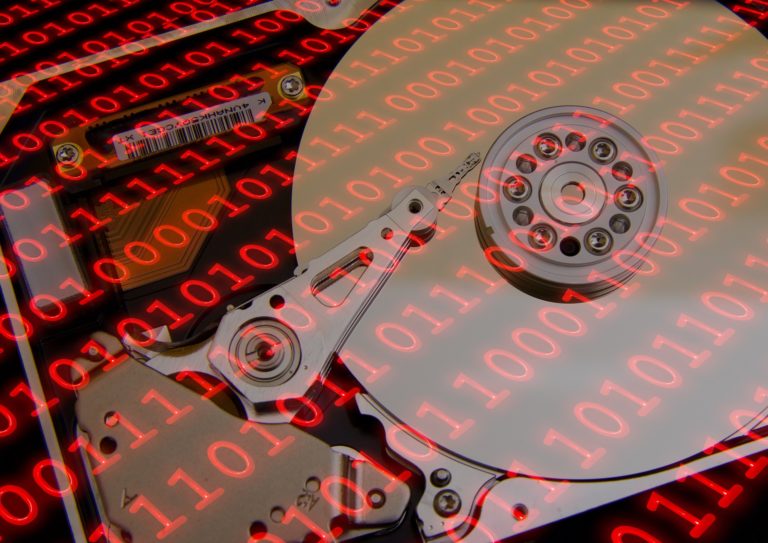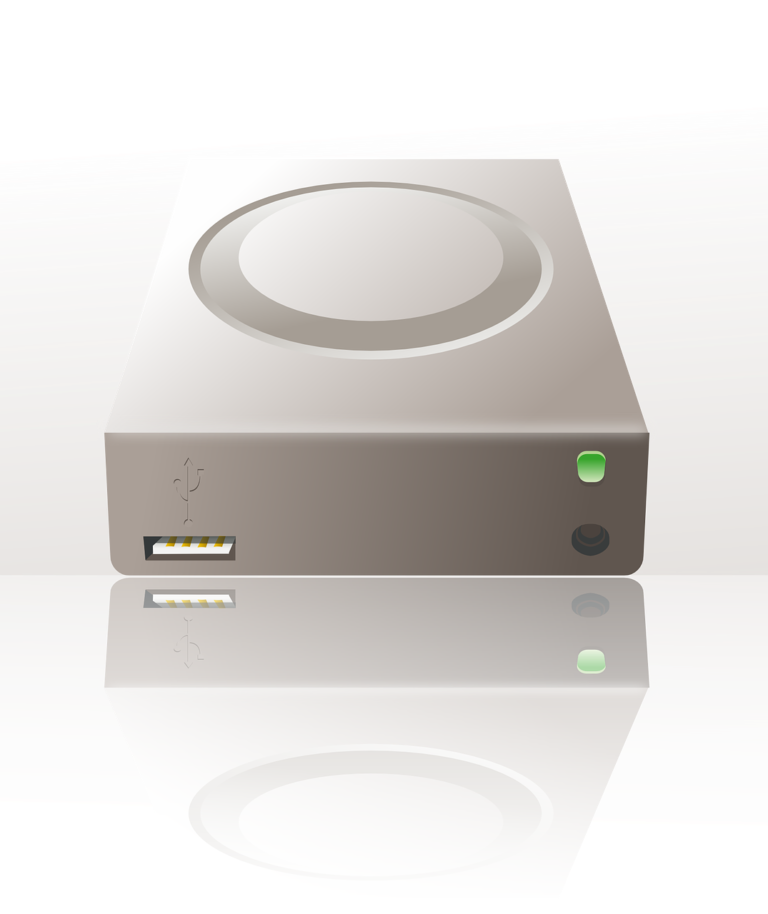
One odd question before we start: What do your disk or flash media and this old, chaotic cupboard in your basement or garage have in common? They all contain much “worn-out stuff” and, after long time of usage, lack structure. So, the moment you start having trouble when looking for your mosquito net, screwdriver or wallpaint might be the moment when you finally start realizing the entire mess in your cupboards. Then you wonder: Is it enough to clean up this furniture? Is the cupboard already damaged and does it need a general makeover? Or is it so worn-out and filled with useless stuff that a complete removal is the best way to go? Well … This is what you consider your often-used disk and storage media, too.
Every disk needs structure
Here’s the issue: Your disks and media have collected data for months and years. You might have deleted and replaced files and folders and thus reorganized your “data cupboards” and “file stacks”. Nonetheless, changes always bring chaos into your storage media’s inner structure. They leave behind data traces, empty folders and so-called “empty spaces” which take too much room and slow down your disk’s performance. While cleaning up and refurbishing your basement cupboards is often hard and dirty work, disk tools (e.g. in MaxDataGenius Pro) automatically clean up, refresh or wipe your disk. But which structuring function is best for your hardware?
Clean up:
Cleaning up your disk is an equivalent to what cleaning up your basement. Thus you check the shelves, take out their content, put unnecessary or defect stuff into a trash can. Then you clean the shelves again, and refill them with relevant stuff. Cleaning up your disk thus means eliminating defect files and “empty spaces”. Doing this, you don’t touch the basic structure and leave the clean shelves where they are!
Refresh:
When you refresh your disk, you create an exact and stable duplicate within the same medium. The “Refresh” function reads rewrites all data sectors block by block. You can compare this to an storage room which does not need any makeover and restructuring. The only thing to do in this case is to take out the items one by one, free them from their dust layer and put them back into their place. The “Refresh” function is often needed in archives filled with magnetic physical disks which develop a lot of “bad blocks” and sector errors after many years. This is why they need to be refreshed after a fixed deadline, e.g. ten years.
Wipe:
Caution: “Wipe” is not an equivalent of “Clean up”. Although wiping also means cleaning something with a wet cloth, “wiping” a disk means to ultimately destroy a disk’s structure and content. It is like burning your cupboard and all its content and only leaves behind the ashes. You normally only need the “Wipe” function if you definitely need to delete everything on your disk (e.g. sensitive data). For example, sensitive data can include financial or customer data or patients’ files in the medical sector.

Disk performance matters!
For sure, there were times when you just bought a new disk whenever your former harddisk showed error signs. And there are also cases when old data is irrelevant. However, both you and the environment benefit from a “healthy” media performance. Due to material shortage, Covid19 and other crises on the global hardware markets, getting new disks and flash media at a reasonable prize has become a struggle. Well, lucky you if you don’t need to buy any new hardware and if your disk keeps running as usual.
By the way, using storage media for a long time also saves environmental resources. Also don’t forget to create regular disk backups in order not to lose your data, either on a physical medium or as a disk image. Remember – one day you might need it again. Check out our website for more information about data recovery and disk tools.
